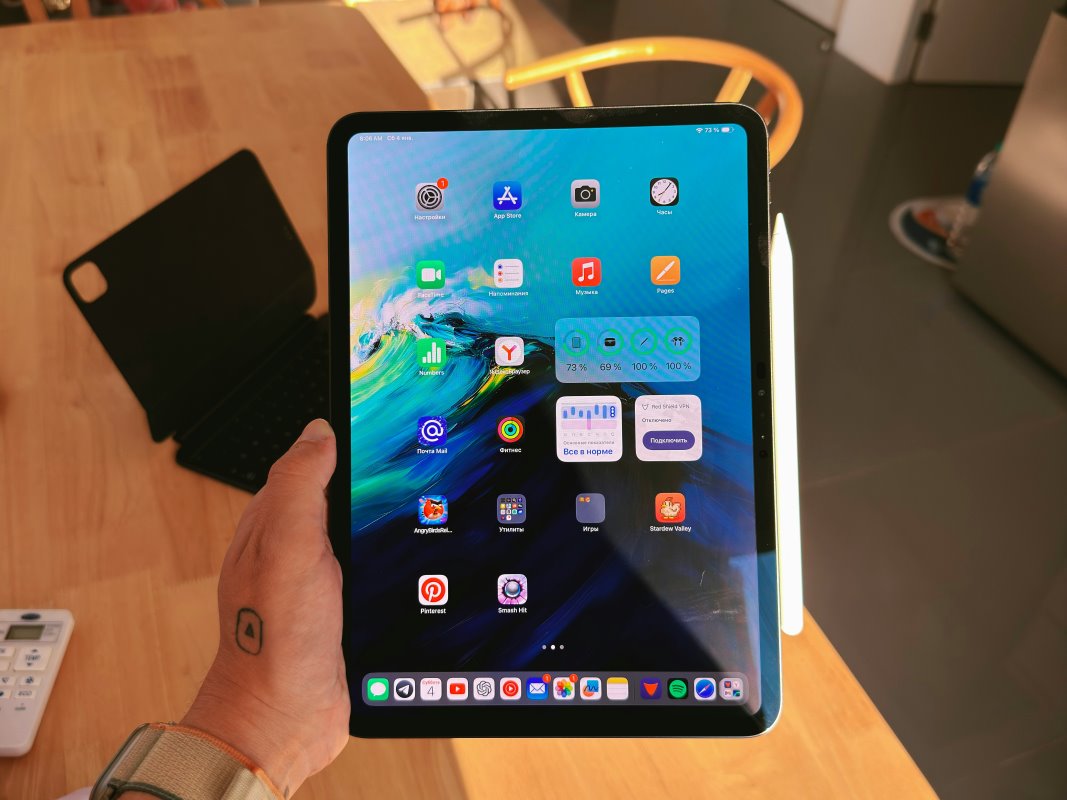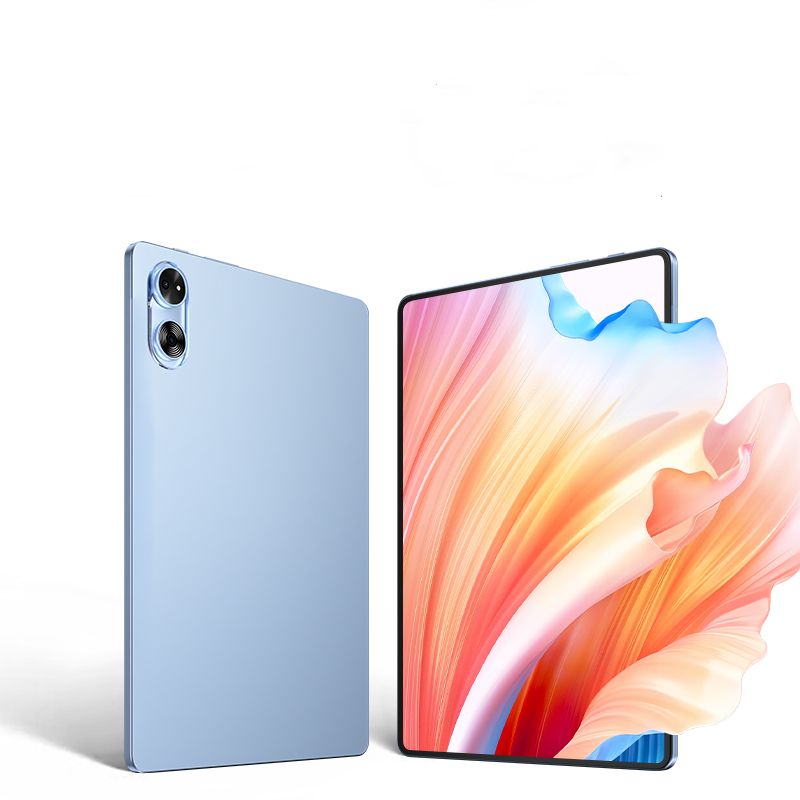Why Choose an Android Tablet with NFC Support? Key Differences Explained

In today’s tech-driven world, tablets are more versatile than ever. Among many features, NFC (Near Field Communication) stands out. Yet, many users still wonder: What’s the real difference between an Android tablet with NFC support and one without? Understanding this distinction can help you make a smarter choice, especially for business, security, and interactive use cases.
User Experience: Tap and Connect in Seconds
First, NFC brings unmatched ease of connection. An Android tablet with NFC support allows fast pairing with other devices. You can share files, sync accessories, or connect to Wi-Fi by simply tapping. Without NFC, users must pair manually via Bluetooth or QR codes. This takes longer and sometimes fails in unstable environments. Therefore, NFC simplifies workflows, especially in business and industrial fields. Moreover, NFC also enables tap-to-print, one-touch device configuration, and faster device provisioning in enterprise settings.
Extended Functionality: More than Just Data Transfer
In addition, NFC does more than link devices. A tablet with NFC can act as a mobile POS terminal. Users can accept contactless payments—perfect for retail or field sales. Moreover, NFC tags can trigger automated actions. For instance, scanning a tag can open an app, adjust settings, or launch reports. This streamlines tasks across industries like logistics, healthcare, and warehousing. In contrast, a tablet without NFC cannot perform these functions. That limits its usability in smart environments, IoT applications, and contactless operations.
Enhanced Security: Safer, Smarter Access
Security is another major advantage. NFC allows secure two-factor authentication. With an Android tablet with NFC support, organizations can use ID badges or access cards to log in or unlock sensitive apps. This method is faster and safer than password-only systems. Furthermore, NFC enables encrypted communication, reducing the risk of data breaches. Without NFC, tablets rely only on standard credentials. This makes them more vulnerable, especially in environments that demand high security.
Which Users Benefit Most from NFC?
Although all users enjoy added convenience, NFC is especially useful for:
Retail staff who process payments
Field agents who scan tags
Factory workers who track assets
Schools that use contactless attendance systems
Healthcare teams managing patient data securely
As more industries adopt smart workflows, Android tablets with NFC support are quickly becoming a standard.
Conclusion: NFC Is a Worthwhile Upgrade
To sum up, choosing an Android tablet with NFC support gives users more than just convenience. It enables secure access, fast connectivity, and smart functionality. While non-NFC models still meet basic needs, they limit potential for automation, mobility, and future-ready integration. Therefore, for businesses and forward-thinking users, NFC is not just an upgrade—it’s a strategic advantage.




